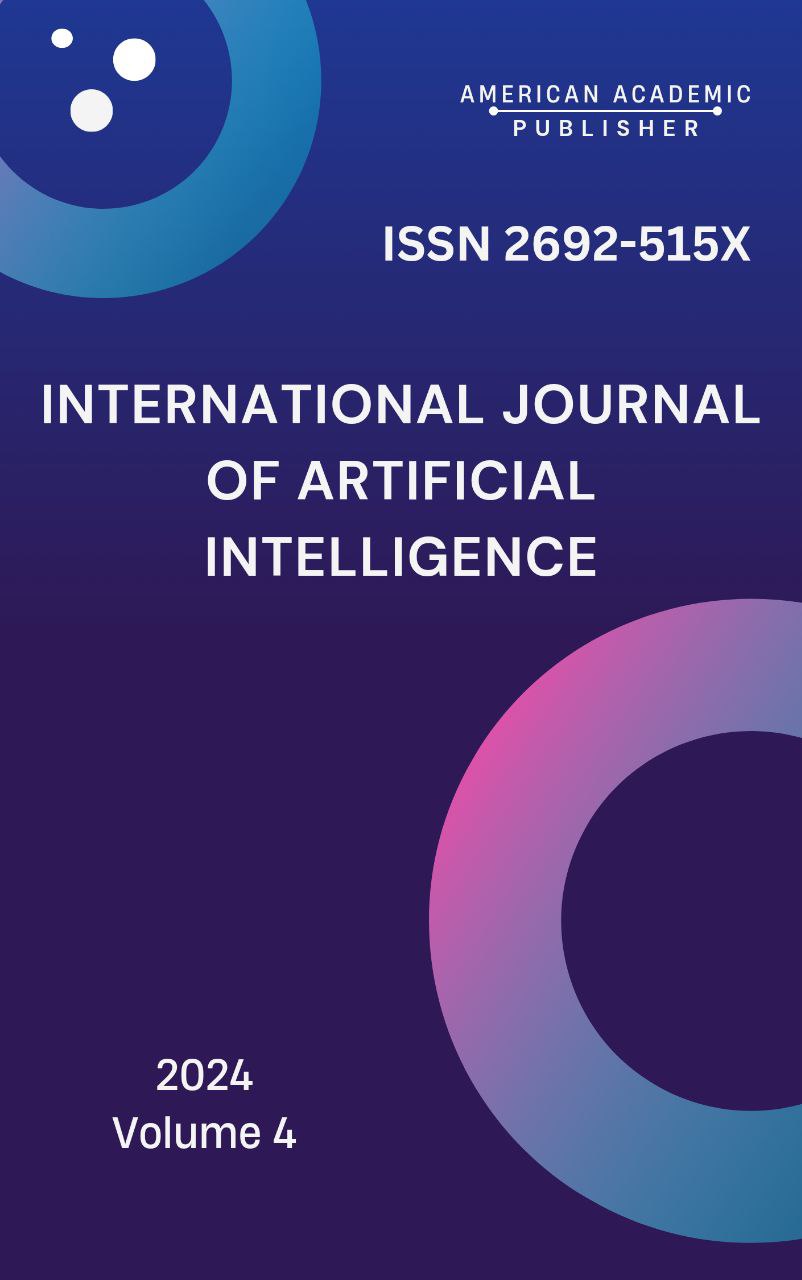 Articles
| Open Access |
Articles
| Open Access | LINGUISTIC, SOCIAL, AND EDUCATIONAL IMPLICATIONS OF CODE SWITCHING AND CODE MIXING IN UZBEKISTAN
Murodova Nazira Ilkhomovna , Senior Lecturer (PhD) Candidate of Philological Sciences Department of Practical English Course Fergana State University Fergana, UzbekistanAbstract
This article explores the phenomena of code switching and code mixing in Uzbekistan, focusing on their linguistic, social, and educational implications. The study highlights how the interplay between Uzbek and Russian languages reflects broader sociocultural dynamics in the region. By examining the motivations behind code switching and mixing, the article reveals how these practices serve as tools for identity expression and social affiliation among speakers. Additionally, it discusses the impact of these linguistic behaviors on educational settings, emphasizing the need for inclusive teaching methodologies that recognize and utilize students' multilingual abilities. Ultimately, the article argues for the importance of understanding code switching and mixing as integral components of communication that shape both individual and collective identities in a rapidly evolving linguistic landscape.
Keywords
code switching, code mixing, multilingualism, language identity, bilingual education
References
Gumperz, J. J. (1982). Discourse Strategies. Cambridge University Press.
Hassanov, T. (2015). "The Influence of Russian on Uzbek Language Practices." Journal of Central Asian Studies, 12(3), 45-60.
Karimov, A. (2018). "Language and Identity in Post-Soviet Uzbekistan." Linguistic Research, 25(1), 12-30.
Myers-Scotton, C. (1993). Social Motivations for Code Switching: Evidence from Africa. Clarendon Press.
Article Statistics
Downloads
Copyright License

This work is licensed under a Creative Commons Attribution 4.0 International License.

